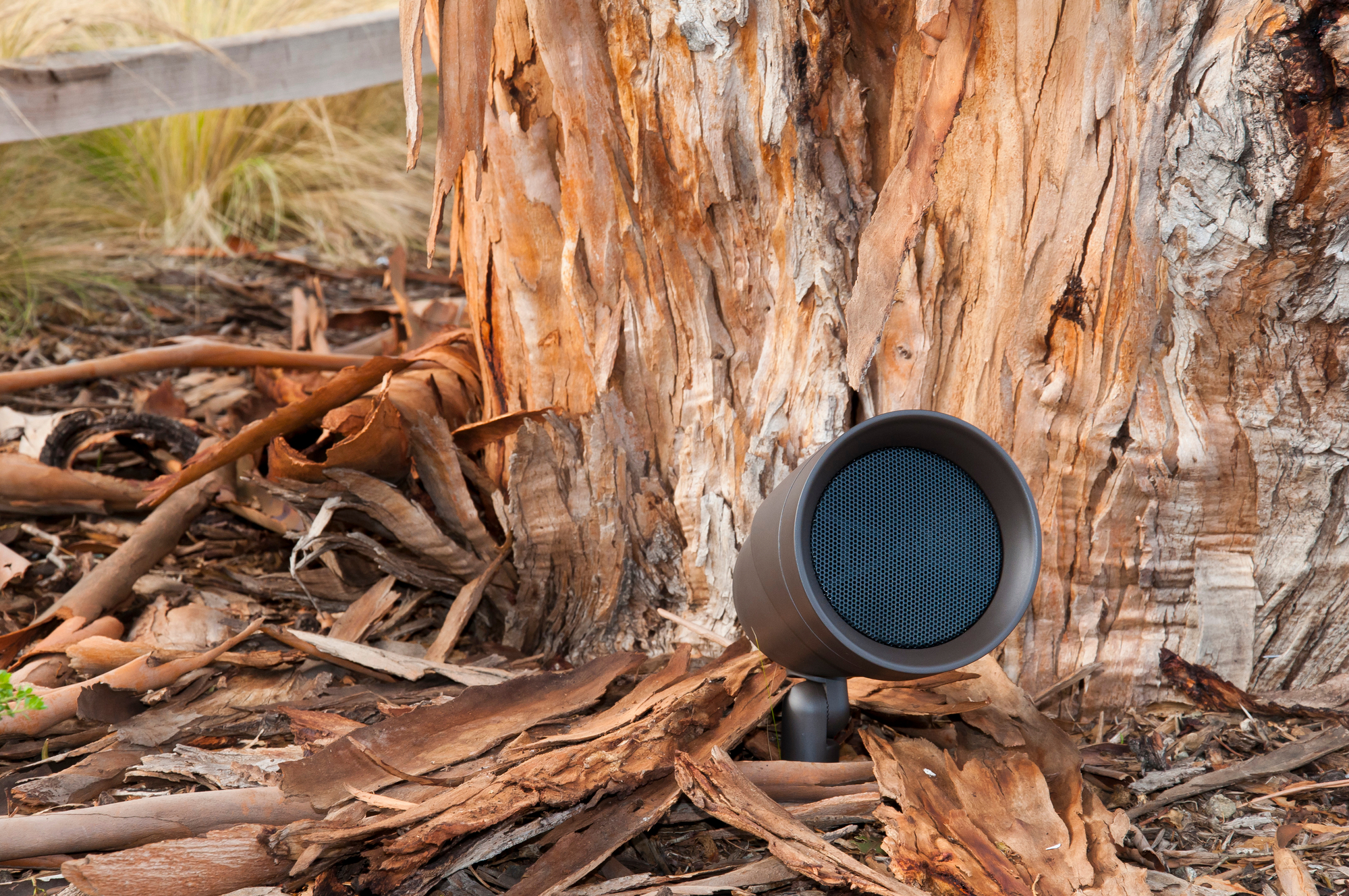4 Best Practices for a Strong Structured Cabling System
Reduce Unnecessary Costs and Network Failures from the Start
One of the many benefits of a smart home is the integration of virtually limitless technologies for easy, convenient control. From the screen of your smartphone, an in-wall keypad, or even by voice, you can instantly command an array of events to happen simultaneously throughout your home so you can get on with living.
We all love to talk about the bells and whistles of smart home technology. But have you ever considered how such a successful system works behind the scenes? Just as a building relies on a solid foundation, a smart home system relies on a strong structured cabling infrastructure to work the way it’s meant to.
If your smart home is built around faulty, unorganized cabling, you’ll run the risk of unnecessary expenses, slow data transmission, and even network failures. To avoid these issues as you design or expand your smart home in Fayetteville, AR, follow our four best practices below.
SEE ALSO: How Your Home Can Benefit from Structured Cabling
Plan Ahead
It may be tempting to rush through setups and installs to get to the functionality of your smart devices, but that’s where problems arise. Make room for growth by planning ahead for a system that can support emerging applications. Think about types of cables you’ll need, the required lengths of your cables, the bandwidth required to support your system, and be sure to keep extra cabling around for potential expansion. A solid plan from the beginning keeps cables clean, safe, and reliable.
Organize Your Cables
No one likes to deal with a spiderweb of wires when something goes wrong. Not only do unorganized wires cause a headache when troubleshooting an issue in your smart home, but large bundles can cause a buildup of electromagnetic interference between cable pairs, posing a potential heat risk.
Keep your wires organized and tied into small bundle with zip ties or Velcro, which allows for easy adjustment of the bundles and provides support for your cables. Color coding your wires to their specific purpose is also a great way to stay organized and save time when you need to troubleshoot an issue.
Choose the Right Components
Using cheap cables may save you money at the start, but you’ll find yourself spending more over time to constantly replace them. Instead, invest in high-quality name-brand cabling and components to reduce maintenance costs and ensure a robust backbone for your smart home.
What’s more, be sure to choose the right cables for each application. Using the proper components throughout your home contributes to a safe space and a more reliable network. It also keeps your home in line with electrical code that must be followed when building or remodeling your property.
Work with a Professional
Need help with your structured cabling system? Leave it up to our team at AV Design Consultants to design, install, and document the infrastructure and network connectivity for your system so you can avoid the hassle altogether. With the right design from our certified experts, you’ll avoid excessive day-to-day costs and your system will provide ample room for a growing smart home.
Our team is ready to assist you in creating a structured cabling system for your property, from consultation and design to installation and ongoing support. Just contact us here or send a live chat below to start talking with a team member today.
When you subscribe to the blog, we will send you an e-mail when there are new updates on the site so you wouldn't miss them.






